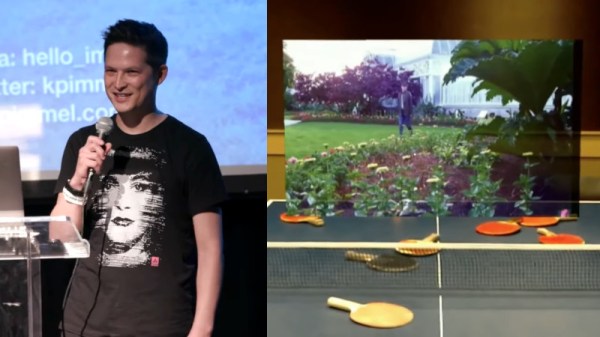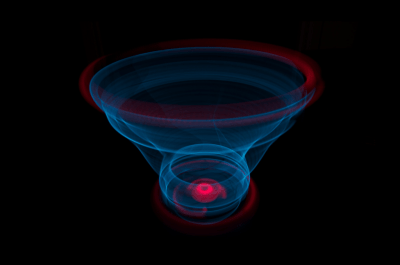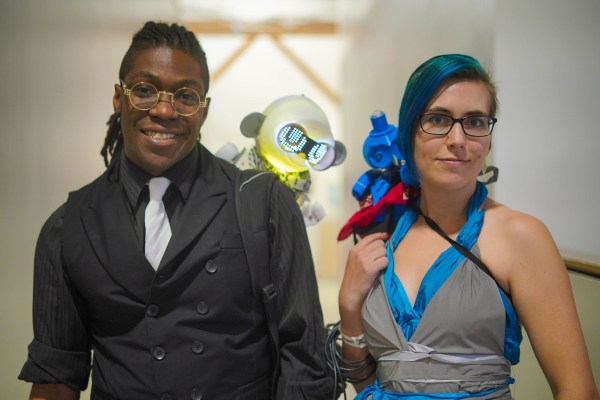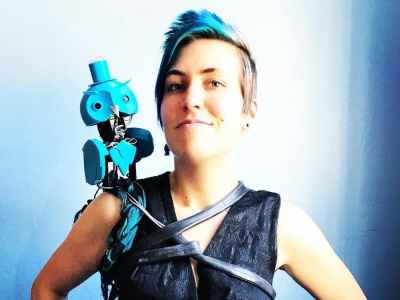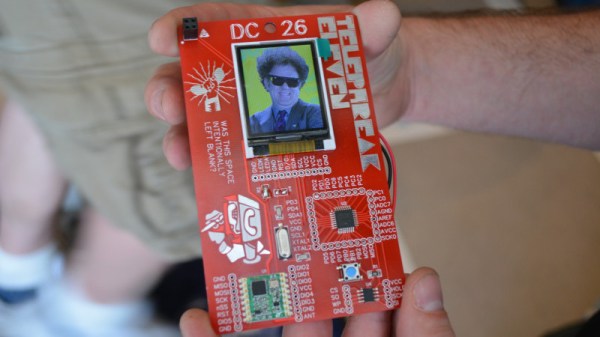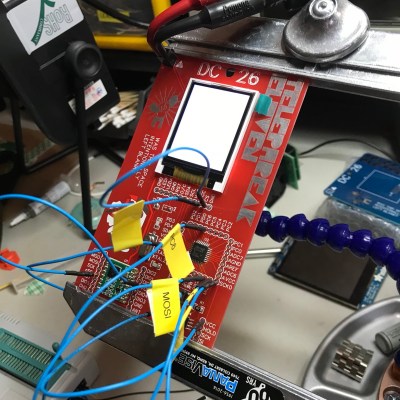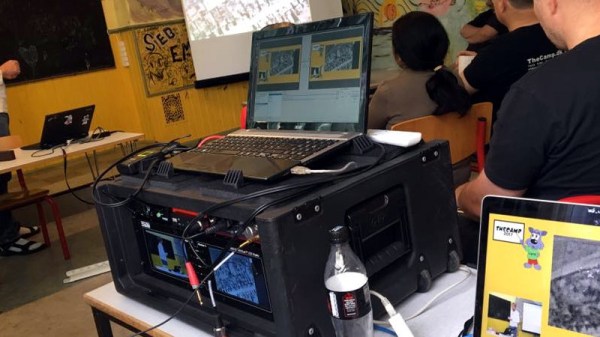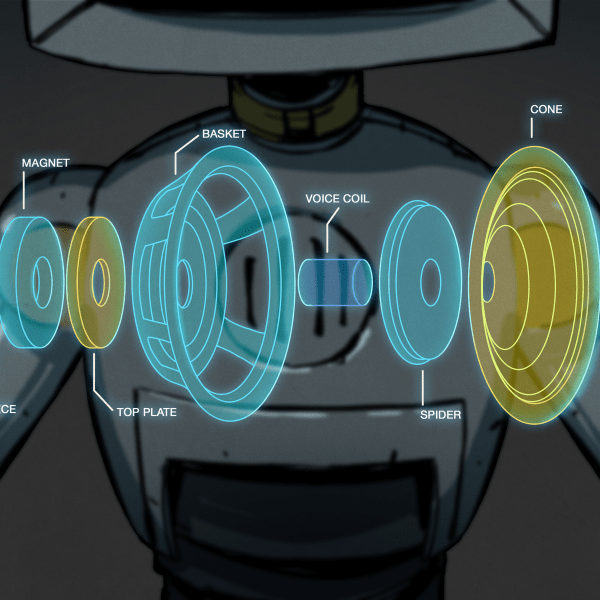Within the span of just two months, our world of unimaginable plenty and ready access to goods manufactured across the globe has been transformed into one where the bare essentials of life are hard to find at any price. The people on the frontline of the battle against COVID-19 are suffering supply chain pinches too, often at great risk to their health. Lack of proper personal protective equipment (PPE), especially face masks, is an acute problem, and the shortage will only exacerbate the problem as healthcare workers go down for the count. Factories are gearing up to make more masks, but in the meantime, the maker and hacker community can pitch in. FreeSewing, an open-source repository of sewing patterns, has a pattern for a simple face mask called the Fu that can be made quickly by an experienced threadworker. Efficacy of the masks made with that pattern will vary based on the materials used, obviously; a slightly less ad hoc effort is the 100 Million Mask Challenge, where volunteers are given a pattern and enough lab-tested materials to make 100 face masks. If you know how to sew, getting involved might make a difference.
As people around the world wrap their heads around the new normal of social distancing and the loss of human contact, there’s been an understandable spike in interest in amateur radio. QRZ.com reports that the FCC has recorded an uptick in the number of amateur radio licenses issued since the COVID-19 outbreak, and license test prep site HamRadioPrep.com has been swamped by new users seeking to prepare for taking the test. As we’ve discussed, the barrier for entry to ham radio is normally very low, both in terms of getting your license and getting the minimal equipment needed to get on the air. One hurdle aspiring hams might face is the cancellation of so-called VE testing, where Volunteer Examiners administer the written tests needed for each license class. Finding a face-to-face VE testing session now might be hard, but the VEs are likely to find a way to adapt. After all, hams were social distancing before social distancing was cool.
The list of public events that have been postponed or outright canceled by this pandemic is long indeed, with pretty much everything expected to draw more than a handful of people put into limbo. The hacking world is not immune, of course, with many high-profile events scuttled. But we hackers are a resourceful bunch, and the 10th annual Open Source Hardware Summit managed to go off on schedule as a virtual meeting last week. You can watch the nearly eight-hour livestream while you’re self-isolating. We’re confident that other conferences will go virtual in the near-term too rather than cancel outright.
And finally, if you’re sick of pandemic news and just want some escapist engineering eye candy, you could do worse than checking out what it takes to make a DSLR camera waterproof. We’ve honestly always numbered cameras as among the very least waterproof devices, but it turns out that photojournalists and filmmakers are pretty rough on their gear and expect it to keep working even so. The story here focuses (sorry) on Olympus cameras and lenses, which you’ll note that Takasu-san only ever refers to as “splash-proof”, and the complex system of O-rings and seals needed to keep water away from their innards. For our money, the best part was learning that lenses that have to change their internal volume, like zoom lenses, need to be vented so that air can move in and out. The engineering needed to keep water out of a vented system like that is pretty impressive.



